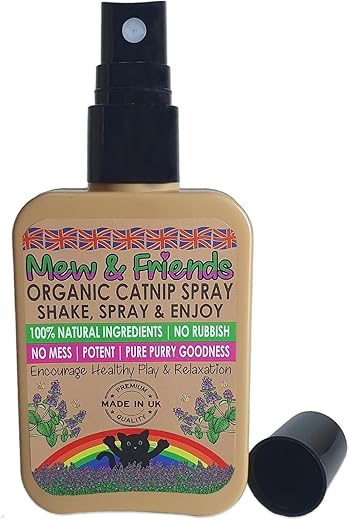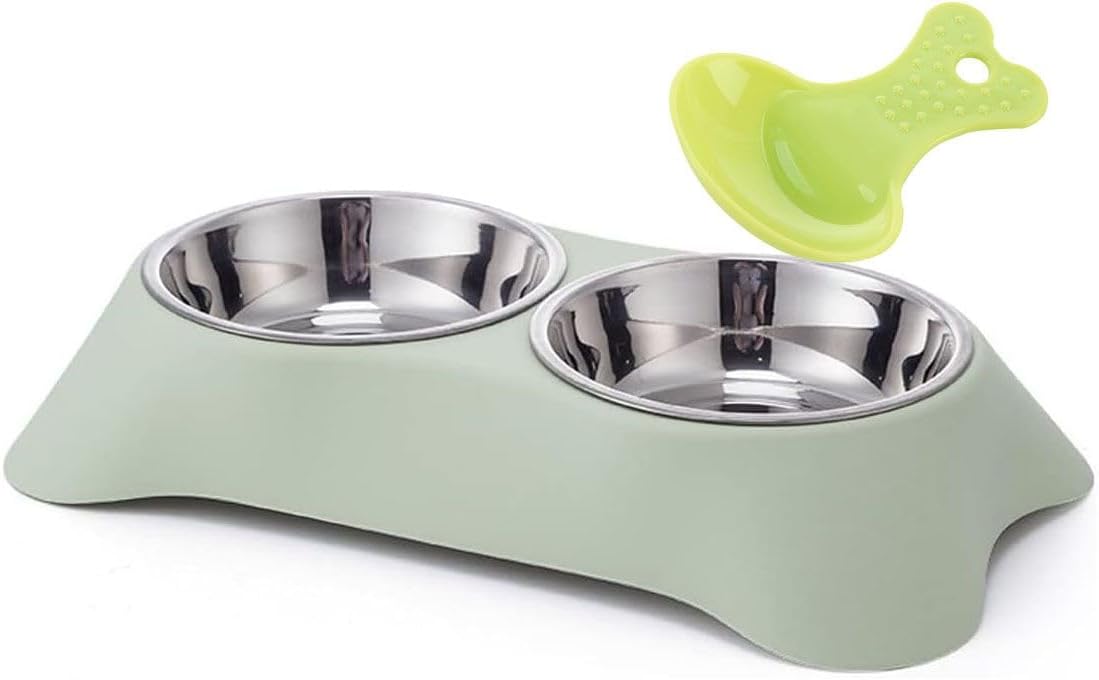Introduction
Good nutrition is fundamental to your cat’s health, affecting everything from their energy levels to the shine of their coat. Cats have unique dietary requirements as obligate carnivores, meaning they must consume meat to obtain essential nutrients. With a myriad of cat food options on the market, understanding how to feed your cat properly can be overwhelming. This blog post will guide you through the essentials of feline nutrition, helping you make informed choices to support your cat’s long and healthy life.
The Nutritional Needs of Cats
- Protein: Cats require high levels of protein from animal sources. Proteins supply essential amino acids like taurine, crucial for heart function, vision, and reproduction.
- Fats: Provide energy and support cell structure. Essential fatty acids like omega-3 and omega-6 are vital for skin and coat health.
- Vitamins and Minerals: Necessary for various metabolic processes. Key nutrients include Vitamin A, Vitamin D, calcium, and phosphorus.
- Water: Cats have a low thirst drive and can be prone to dehydration. Adequate water intake is essential for kidney health.
Understanding Cat Food Labels
- Ingredients List: Ingredients are listed by weight. Look for high-quality protein sources at the top of the list.
- Guaranteed Analysis: Indicates the minimum or maximum levels of nutrients. Compare protein and fat content to ensure they meet your cat’s needs.
- AAFCO Statement: The Association of American Feed Control Officials sets nutritional standards. An AAFCO statement ensures the food is complete and balanced.
Wet Food vs. Dry Food
- Wet Food:
- Pros: Higher moisture content supports hydration. Often more palatable to cats.
- Cons: Can be more expensive. Requires refrigeration after opening.
- Dry Food:
- Pros: Convenient and has a longer shelf life. Can help with dental hygiene.
- Cons: Lower moisture content. May contribute to obesity if free-fed.
- Mixed Feeding: Combining wet and dry food can offer the benefits of both.
Feeding Guidelines
- Portion Control: Follow feeding guidelines based on your cat’s weight and activity level. Adjust as necessary to maintain a healthy weight.
- Life Stages:
- Kittens: Require more calories and nutrients for growth. Feed kitten-specific formulas.
- Adults: Need maintenance diets to prevent obesity.
- Seniors: May benefit from diets lower in calories but higher in easily digestible proteins and joint-supporting nutrients.
- Special Diets:
- Indoor Cats: May require fewer calories due to lower activity levels.
- Medical Conditions: Cats with issues like diabetes, kidney disease, or allergies may need prescription diets.
Common Feeding Mistakes
- Overfeeding: Can lead to obesity, increasing the risk of diabetes, arthritis, and other health problems.
- Feeding Inappropriate Foods: Some human foods are toxic to cats, such as onions, garlic, chocolate, and grapes.
- Ignoring Water Intake: Encourage hydration by providing fresh water sources or using pet fountains.
Monitoring Your Cat’s Health
Regular veterinary check-ups are essential to assess your cat’s health and dietary needs. Signs of nutritional deficiencies or excesses include:
- Weight Changes: Sudden weight loss or gain should be evaluated.
- Coat Condition: A dull or flaky coat may indicate dietary issues.
- Digestive Problems: Vomiting, diarrhea, or constipation can signal food intolerances or allergies.
Conclusion: Nourishing Your Cat for a Lifetime
Feeding your cat isn’t just about filling their bowl; it’s about providing the nutrients they need to thrive. By understanding their unique dietary requirements and making informed choices, you play a pivotal role in ensuring your cat enjoys a long, healthy life. Remember, when in doubt, consult your veterinarian to tailor a nutrition plan that’s best for your feline friend.






